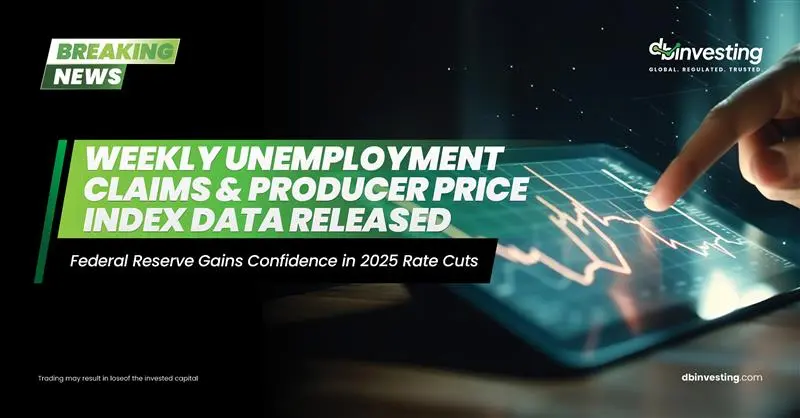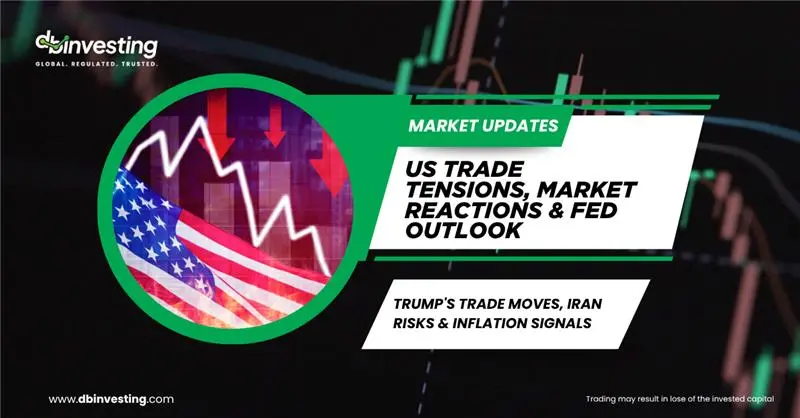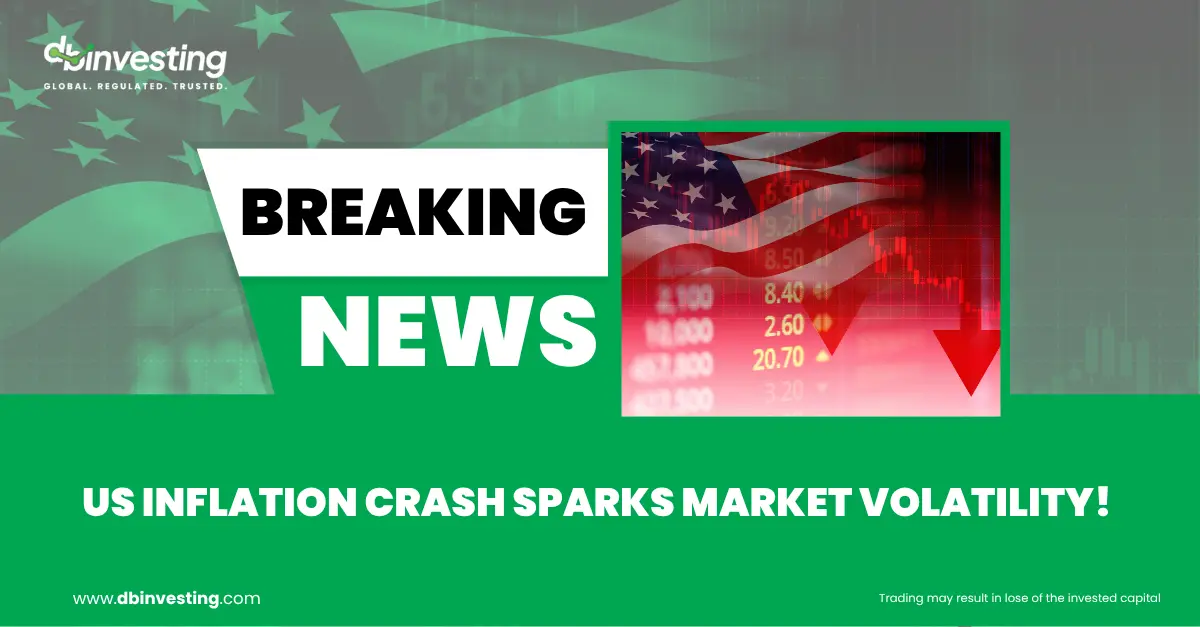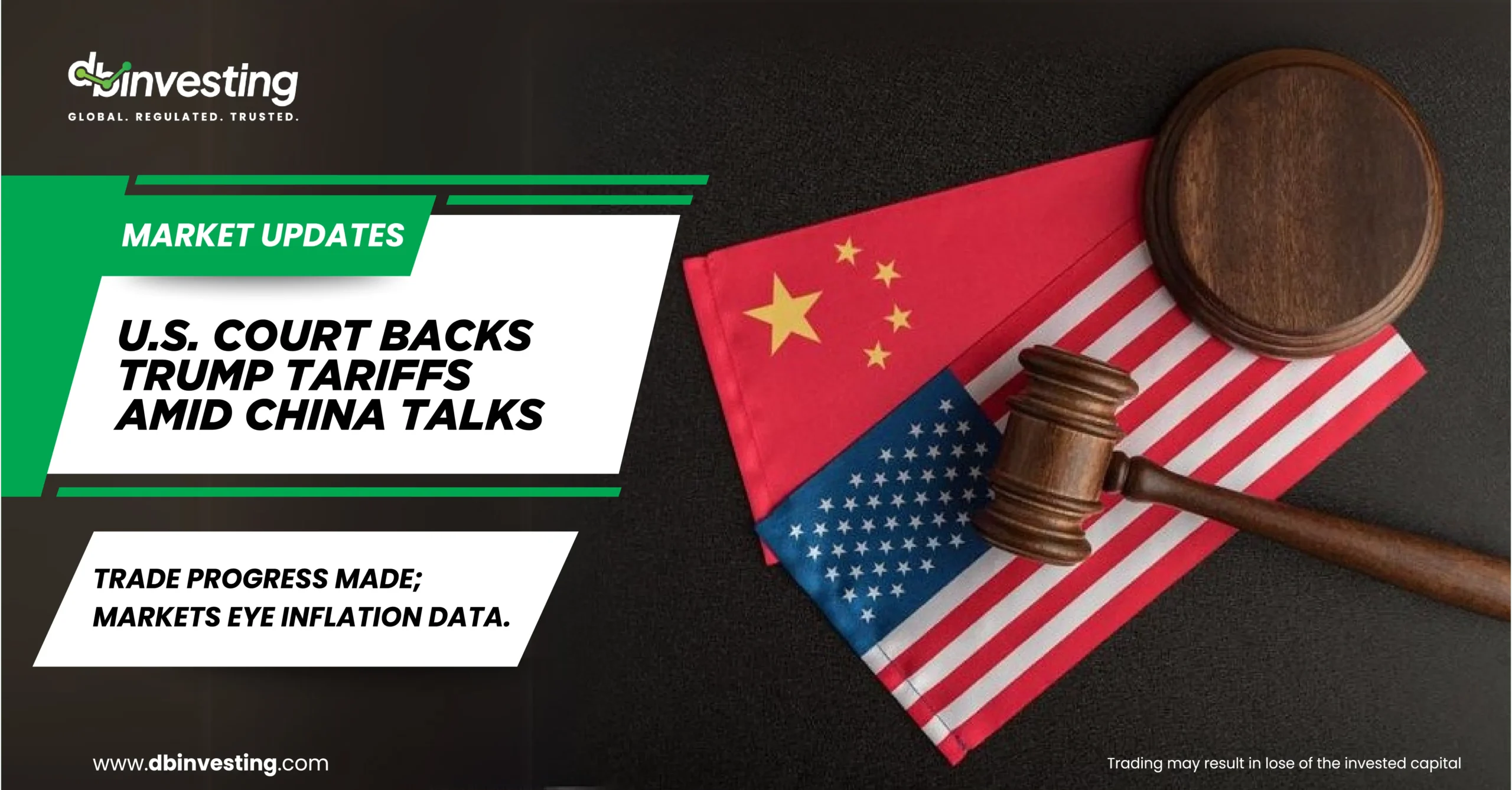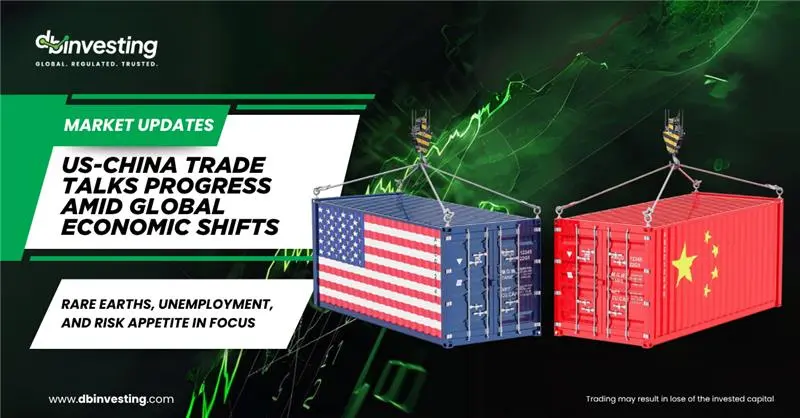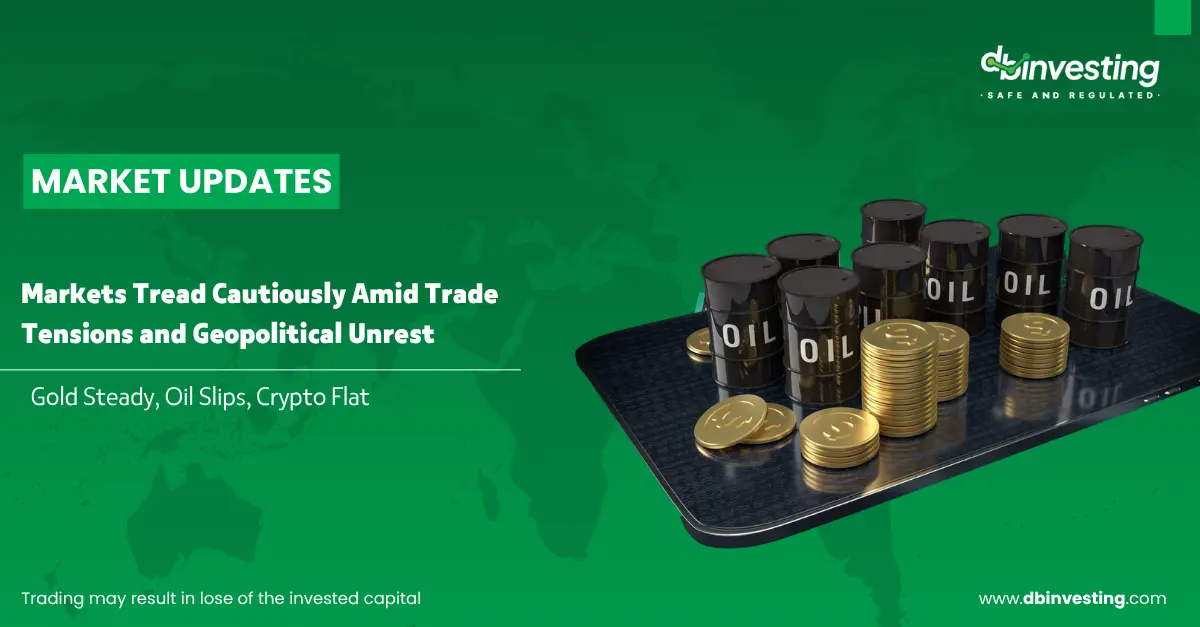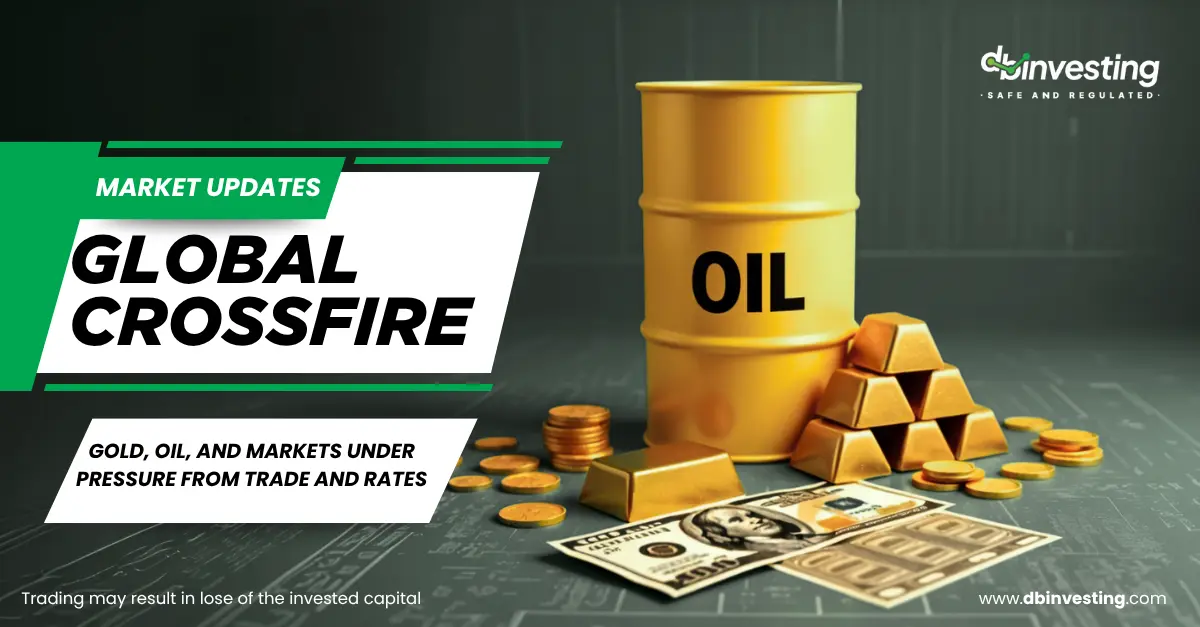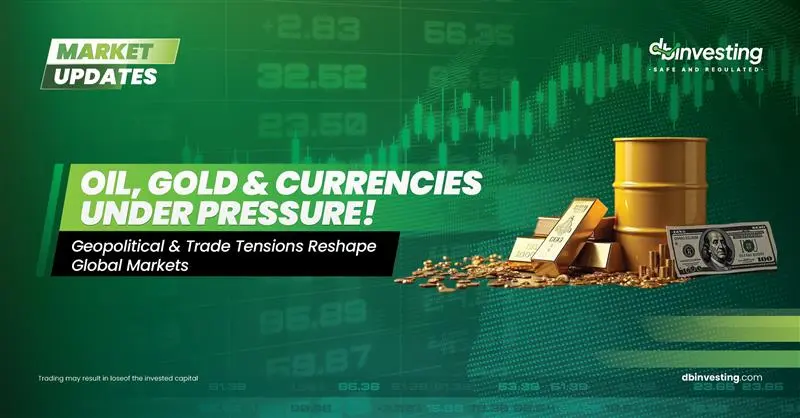Markets React to Geopolitical Uncertainty
Gold Outlook Amid Geopolitical Risk
Gold continues its strong uptrend, supported by escalating Middle East tensions and dovish monetary expectations. Unless a diplomatic breakthrough or unexpected inflation spike occurs, the yellow metal could challenge or surpass its April record high. The short-term outlook remains bullish.
Despite a modest rebound in the U.S. dollar (DXY at 98.33), gold held its momentum as safe-haven demand surged. Bond yields also stabilized near 4.37%, reinforcing the precious metal’s strength.
Impact on Oil and Energy Markets
The uncertainty in the region is pricing in a notable risk premium in oil markets. Initial strikes on Iran drove crude up by 13%, though gains partially faded as supply remained uninterrupted.
Brent crude is expected to trade between $65–$70 in the short term. However, any escalation that disrupts Iranian oil flows (3.3 million bpd production, 1.7 million exported) could eliminate expected surplus and push prices toward $80.
US Stock Market Reaction
U.S. indices showed sharp pre-market volatility on Friday, reacting to Middle East escalation. Investors dumped risk assets in favor of safe havens, pushing the “Fear Index” (VIX) up 22% to 21.99.
- Dow Jones dropped 1.17%
- S&P 500 fell 1.17%
- Nasdaq declined 1.41%, hit hardest due to tech stock sensitivity
Chinese Economic Update
China’s industrial production grew 5.8% in May—slightly below expectations (5.9%) and down from April’s 6.1%—pressured by U.S. tariffs on exports. However, retail sales exceeded forecasts thanks to holiday spending and shopping events.
📌 Conclusion:
The combination of geopolitical risks, favorable monetary policy, and safe-haven demand keeps gold firmly in bullish territory. Meanwhile, oil remains vulnerable to escalation, and equity markets remain jittery amid global uncertainties.

